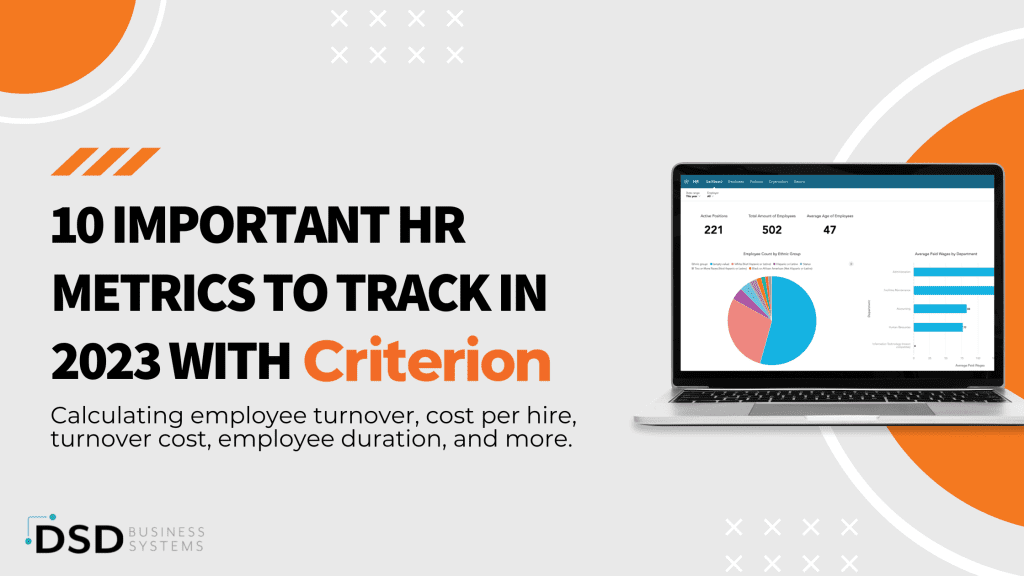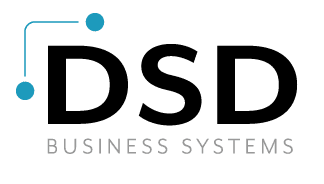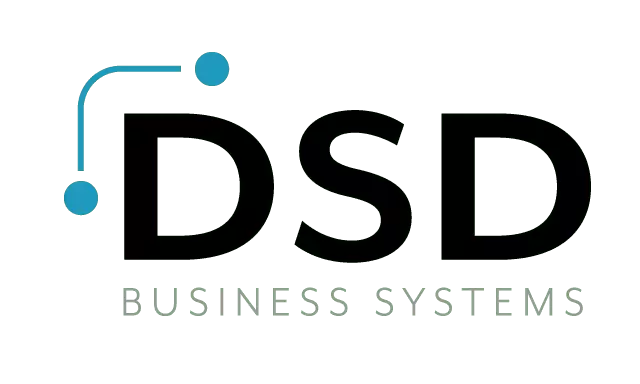10 Important HR Metrics to track in 2023 with Criterion
May 11, 2023
by Jared Bollier, Digital Marketing Analyst

Human Resources plays a critical role in understanding a company’s workforce – what motivates employees, and how the organization can support them to achieve their goals while remaining engaged in their work. While employee data is a valuable resource for many modern HR teams, an excess of workforce analytics can be daunting. It’s essential to stay focused and avoid wasting valuable time and resources on irrelevant data which Criterion HCM can help with.
Defining the Most Critical HR Metrics
A company’s HR department should adopt metrics that align with and support the overall goals of the organization. Metrics should be chosen based on their ability to predict or uncover potential obstacles that your organization may face.
In general, selecting appropriate metrics for your HR department entails identifying the most effective way to gauge progress towards company objectives.
10 Critical HR Metrics to Track
1. Calculation of Employee Turnover (Voluntary and Involuntary)
If employees are leaving the company of their own accord, it may indicate underlying issues within the organization. To gain a better understanding of the problem, you should examine new employee turnover rates. Specifically, pay attention to the number of people leaving within 30, 60, and 90 days.
To have an accurate understanding of the number of employees leaving the company, it is crucial to have the right human capital management (HCM) system.

2. Turnover Cost
By knowing the average revenue each employee generates for the company, it becomes possible to estimate the potential net gains an individual could have contributed if they had remained with the organization. Calculating the average revenue generated per employee can be an unattainable feat for the HR department of a large organization. In such cases, examining the cost per hire can be a more feasible approach if you aim to present an argument about wasteful hiring or financial loss resulting from turnover.
3. Cost Per Hire (CPH)
It takes time and investment to train new employees, and if they leave before 90 days, the organization will never get back the time and money invested in training them. Calculating the CPH for a department or your entire company requires careful consideration of various factors. These include the expenses associated with training materials, drug tests, and other related costs. The Society for Human Resource Management has compiled a comprehensive list of factors that contribute to calculating CPH. Additionally, their recommendations include formulas and suggestions for statistics to include when presenting reports.

4. Employee Demographics
If your organization is planning to implement diversity, equity, and inclusion (DEI) measures in the near future, there is a critical first step that you cannot overlook. Encouraging employees to provide their demographic information, such as age, gender identity, race, and educational background, on surveys or job applications can provide invaluable data to help identify areas where diversity is lacking. By comparing the number of applicants in a certain group to the general population, you can determine the percentage of your workforce that belongs to that demographic. If the results are not satisfactory, this could be an area to focus your DEI efforts on.
5. Employee Engagement Scores
Employee engagement is a key HR metric to monitor, and it’s important to identify any potential issues before employees start talking about “rage applying” for other jobs. Conducting ongoing engagement surveys and keeping track of the data is crucial, as patterns may emerge that provide valuable insights into how to improve employee well-being and satisfaction.

6. Employee Dissatisfaction
While it may seem counterintuitive to track negative scores in employee engagement surveys, it’s crucial to do so. Who among your team is the least satisfied with their position and why? Is there a pattern among the responses from a specific department? By identifying these trends, you may be able to draw a correlation between sentiment and implemented changes.
7. Rates of Internal Promotion
Do your employees stay in hopes of advancing within the company? If they do, where do they typically go? If you’re concerned about management-level retention or employee engagement, this is a key metric to track. Beyond just turnover, it’s critical to understand whether your employees see your organization as a place to build their long-term career.

8. Average Performance Rating Over Time
Are your productivity levels stagnant despite hiring new employees? To uncover any patterns or issues in the onboarding process that may not be visible from the top, consider tracking performance ratings from managers over time. By doing so, you may also identify recurring complaints or low ratings from certain departments, providing insight into where reform efforts should be focused.
9. Employee Position Duration
In addition to internal promotions, keeping track of how long employees remain in their roles can offer valuable insights into their career goals and aspirations. This practice can also highlight any dead-ends within your company’s structure or identify areas where employees are choosing to remain stagnant due to a lack of interest in available higher positions.

10. Quality of Hire
Employee ROI (Return on Investment) is a measure of how much value an individual employee brings to a company after being hired. However, calculating an employee’s ROI is not as straightforward as adding up the company’s earnings during their employment, especially within the first three months. Criteria for success will be based on the KPIs for their specific role within the company.
Conclusion
Understanding and motivating employees is a crucial part of Human Resources. HR must provide support and foster employee engagement to help them achieve their goals. For more important metrics, check out an extended list by Criterion HCM here.
















